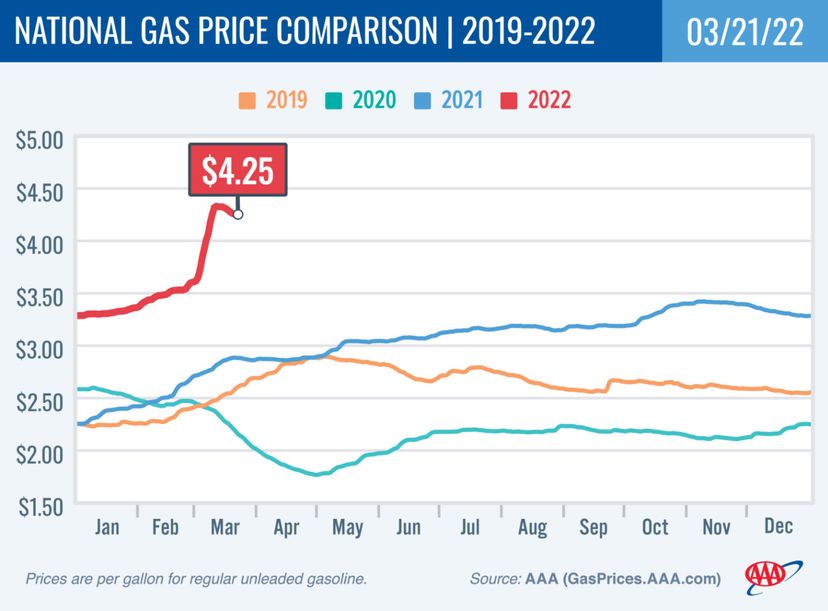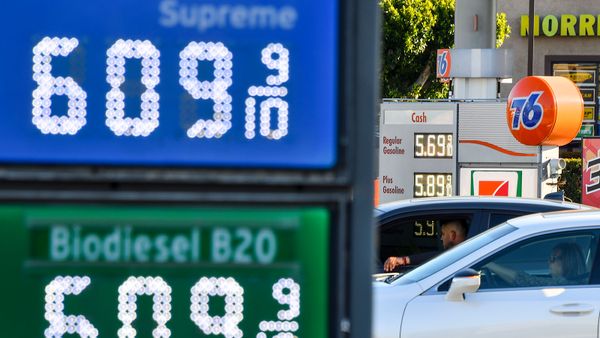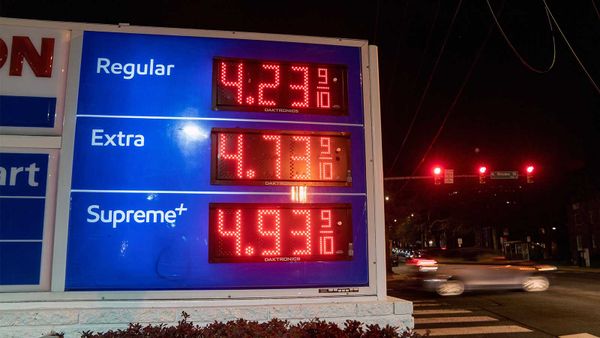
Today's gas prices are uncomfortably high for most Americans. The national average cost for a regular gallon of gas was $4.252 as of March 21, 2022, according to AAA. A year earlier, that same gallon would have cost less than $3. The one bit of good news: Such high prices don't last forever.
Gas prices regularly fluctuate. The nation's all-time high price came March 11, 2022, when gas hit a national average of $4.331 per gallon. Yet that price is dwarfed by the $4.11 seen at the pump in July 2008, which equals $5.30 in today's dollars, according to the U.S. Energy Administration. This was just before the onset of the global financial crisis sent gas prices plunging.
Advertisement
As recently as 1998, gas was just $1.06 per gallon, which equates to $1.86 when adjusted for inflation — the lowest price since 1929. During the 1970s, when there were a number of gas shortages, the highest average price for gas was $0.86 per gallon in 1979, or $3.53 when adjusted for inflation.
There are many factors that contribute to the price of gas. "The cost of oil accounts for 55 percent of what you pay at the pump," says Andrew Gross, AAA national spokesperson. "Another 14 percent comes from refining costs, 16 percent is marketing and distribution, and the last 15 percent is taxes."
The price of crude oil, the main driver in gas costs, depends upon many factors, but the main one is simple: supply and demand. When there's a lot of oil out there, prices drop. When there's not enough oil to meet demand, prices rise. The world's oil supply is controlled by oil-producing nations, including the U.S., but also by OPEC, a cartel of 13 oil-producing nations clustered in Africa, the Middle East and South America.
The recent surge in gas prices is partly due to Russia's late-February invasion of Ukraine, which has spooked the global oil market. But prices were already climbing before the invasion, due to the COVID-19 pandemic. Back in 2020, when COVID first emerged, the pandemic caused an enormous drop in demand, as people stopped traveling. This left oil producers with a large surplus, so they cut back production.
More recently, with COVID vaccinations and boosters readily available in the U.S. and many other countries, demand for gas is rising, as homebound citizens are eager to resume travel. Yet oil producers are leery about quickly ratcheting up production to meet this demand. The pandemic is still here, for one thing, plus there are major uncertainties about the situation in Ukraine. Producers do not want to get stuck with another surplus on hand.

Advertisement


